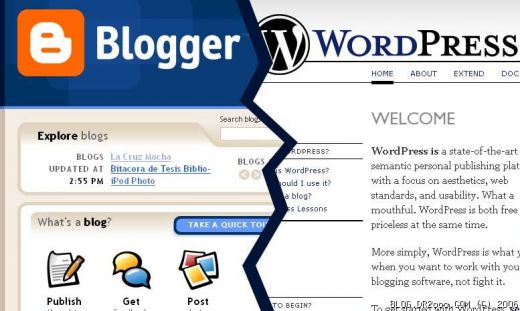How to Migrate a Self-Hosted Blogger Blog to a Self-Hosted WordPress Blog

WordPress and Blogger are two of the most widely used blogging platforms around the world. They don’t just offer numerous blogging services to their users, but also provide them an opportunity to earn a good amount of money by advertisement. Besides, they offer many plugins which help you to make improvements in your content and to get more hits on the internet.
If you are planning to switch from your self-hosted Blogger blog to your self-hosted WordPress blog, you will have to follow a certain procedure which has been mentioned in this article.
Instructions
-
1
First of all, you have to create a back up of your blog. Sign in to your Blogger blog and go to its dashboard. Select the option ‘Download Blog’ which is given in the Settings menu. It will allow you to make a copy of your blog’s data which you can keep on your computer.
-
2
Blogger provides two kinds of blogging services. One is free in which blogger is added in your address while in the second option, you have to pay a specific amount of money online to buy a domain name. If you are using a domain name, you will have to convert it to normal blog first. On the other hand, if you don’t own a domain name, you will have to acquire one by paying some money online to a web hosting company.
-
3
You will have to buy a Web hosting service from Go Daddy, Host Gator or BlueHost. After buying the Web hosting service, you have to install the WordPress on it.
-
4
Now, you have to import your Blogger blog on your self-hosted WordPress blog. Go to your blog dashboard. Select ‘Tools’ option, then click on ‘Import’ option. You may be get prompted to install the Blogger Importer Plugin. So, just select ‘Install Now’ option and go back to the Import page window.
-
5
When you blog is imported completely, you will see an option of ‘Set Authors’ by which you can add, edit or even delete any blog user or users.
-
6
In order to redirect your blogger blog traffic towards your WordPress blog, you will have to use 301 redirection. Contrarily, if you are not using this app, your visitors will get an error message on you old blog. You must keep you blog up-to-date with the latest plugins and apps.







